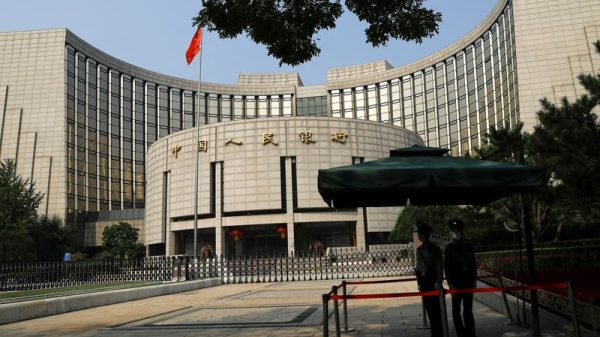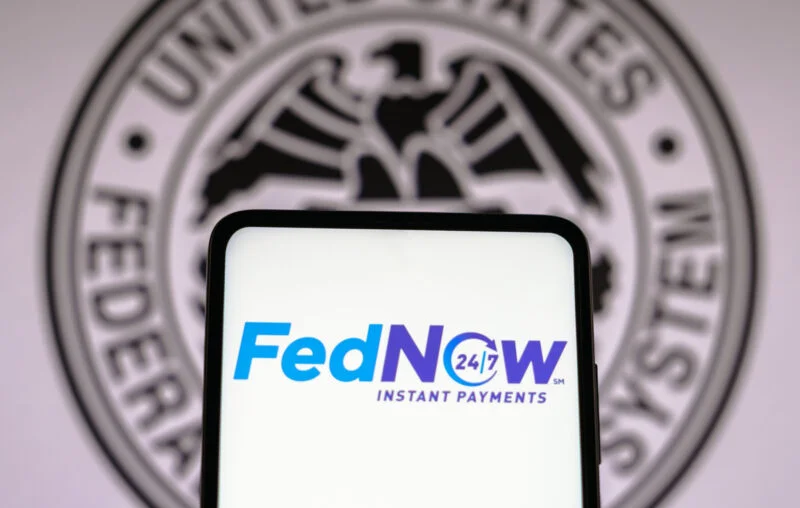The Game-Changer: FedNow’s Long-Awaited Arrival Revolutionizes the Payment Landscape
Introduction:
In a world where instant gratification has become the norm, the Federal Reserve’s recent announcement of the long-awaited arrival of FedNow has sent shockwaves through the financial industry. This groundbreaking payment system promises to revolutionize the way we transact, eliminating the need for delays and transforming the way businesses and individuals handle their finances. After years of anticipation, the arrival of FedNow is set to be a game-changer that will reshape the payment landscape as we know it.
Unveiling the Costly Late Arrival:
The road to FedNow’s launch has been far from smooth. Initially proposed in 2019, the system was met with great enthusiasm and high expectations. However, delays in its development and implementation have caused frustration among industry players, leading to mounting concerns about the potential consequences of this tardiness. The cost of the late arrival of FedNow cannot be underestimated, as it has left businesses and consumers grappling with outdated payment systems that fail to meet the demands of our fast-paced digital era.
The Power of Instant Payments:
FedNow’s arrival brings with it a myriad of benefits that will transform the way we conduct financial transactions. The most significant advantage lies in its ability to facilitate instant payments, allowing funds to be transferred in real-time, 24/7, 365 days a year. This instantaneous nature of transactions will eliminate the need for cumbersome processes, such as writing checks or waiting for funds to clear, providing a seamless and efficient experience for all parties involved.
Empowering Businesses and Individuals:
The impact of FedNow extends beyond mere convenience. For businesses, the ability to receive instant payments will enhance cash flow management, reduce the risk of fraud, and enable faster access to funds for investment and growth. Small businesses, in particular, stand to benefit greatly from this development, as they often operate on tight margins and rely on prompt payments to sustain their operations.
Individuals will also experience a significant shift in their financial interactions. Splitting bills, reimbursing friends, and making purchases will become effortless, as funds will be instantly available in recipients’ accounts. This newfound convenience will undoubtedly reshape consumer behavior, encouraging a shift towards digital payments and reducing reliance on traditional banking methods.
Challenges and Opportunities:
While the arrival of FedNow brings immense potential, it also presents challenges that must be addressed. One such challenge is the need for widespread adoption and integration of the system across financial institutions. Collaboration and cooperation among banks, credit unions, and other financial service providers will be crucial to ensure a seamless transition and maximize the benefits of FedNow.
Furthermore, cybersecurity and fraud prevention will be paramount in safeguarding the integrity of the system. As instant payments become the norm, robust security measures must be in place to protect against unauthorized access and fraudulent activities. The Federal Reserve, in collaboration with industry stakeholders, must prioritize the development of stringent security protocols to instill confidence in the system.
Conclusion:
The long-awaited arrival of FedNow marks a turning point in the evolution of payment systems. Its ability to facilitate instant payments will revolutionize the way we transact, empowering businesses and individuals alike. While challenges lie ahead, the potential benefits far outweigh the costs of its late arrival. As we embrace this game-changing innovation, the payment landscape will undergo a transformative shift, paving the way for a more efficient, secure, and convenient financial future.
























